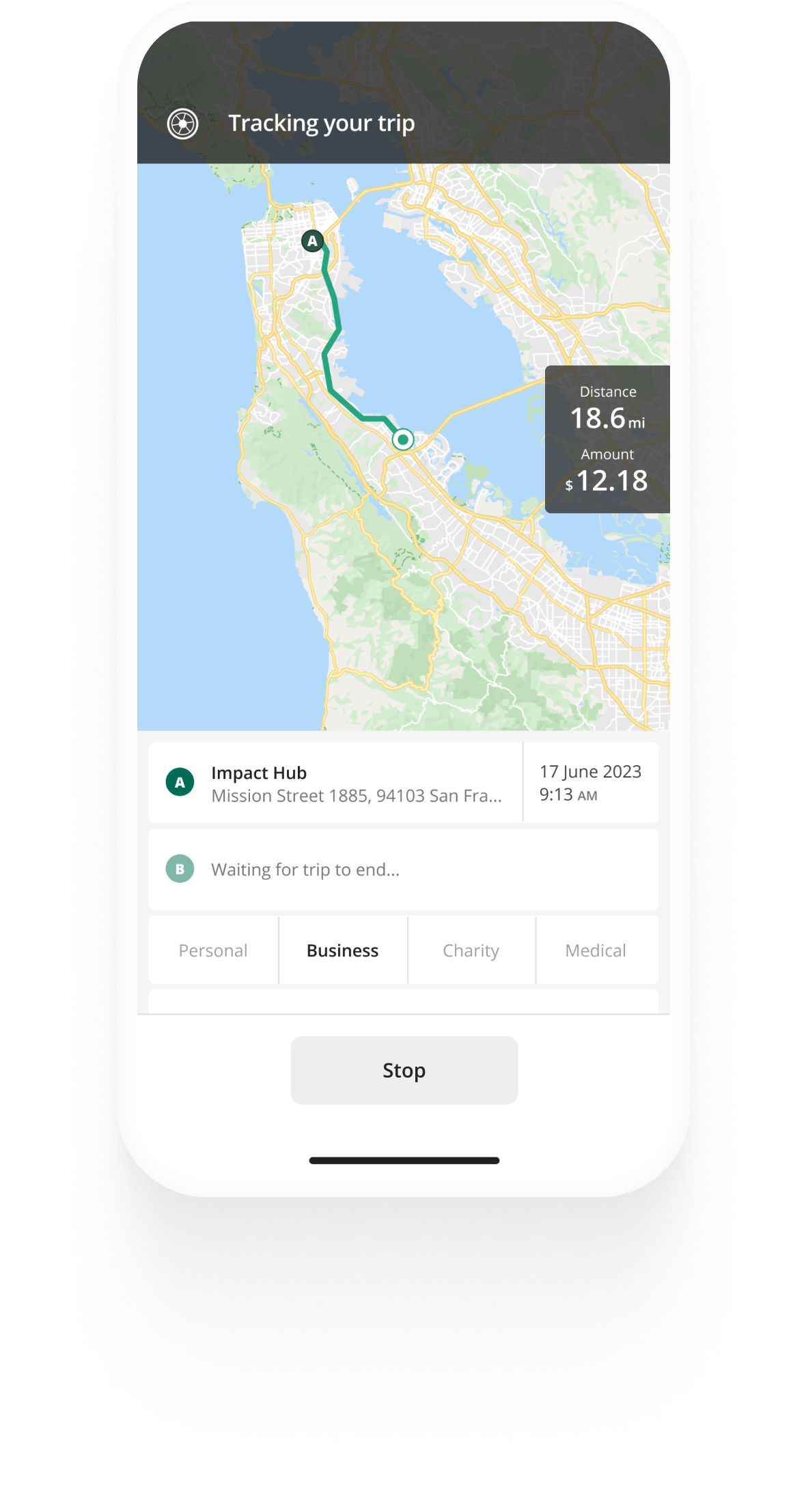Track mileage automatically
Get started.svg)
Home Office Deductions for Your Small Business
If you're a small business owner and you work from home, you're in luck. The US home office deduction is a valuable tool that can help you lower your tax bill.
Driving often for business purposes? The Driversnote mileage tracking app will save you the hassle of a manual logbook and help you maximize your mileage deductions.
What is the home office deduction?
The home office deduction is a tax-saving provision that’s designed to provide relief for small business owners who use part of their home exclusively and regularly for their business.
To qualify for this tax deduction, your home office must meet three criteria: exclusivity, regularity and principal place of business.
- Exclusivity: The designated area within your home must be used only for business purposes. If you use the area for both business and personal purposes, you won’t be able to claim the home office deduction. The two exceptions to the exclusivity criteria are if you use the workspace at home as a daycare facility or as a storage of inventory or product samples.
- Regularity: Your home office should be a place where business activities occur on a consistent basis.
- Principal place of business: If you have more than one work location, your home should be the principal place from where you conduct business. This criterion takes into consideration the importance of the performed activities in each location, as well as the time you spend at each location. If you meet clients, customers or patients in your home office and this is integral to your business, even though you have another location for business activities, you will still be able to take advantage of the home office deduction.


Mileage tracking made easy
Trusted by millions of drivers
Automate your logbook Automate your logbook

Automatic mileage tracking and IRS-compliant reporting.
Get started for free Get started for freeCalculating the home office deduction for small businesses
You can calculate how much you can claim for your home office by two methods: the simplified method and the actual expenses method.
- As the name suggests, the simplified method is a straightforward calculation. You'll multiply the square footage of your home office space (up to 300 sq. ft.) by a set rate, currently $5 per sq. ft. It's a hassle-free way to claim your deduction.
- The actual expenses method involves tracking actual expenses associated with your home office. This includes a portion of your utilities, mortgage interest, property taxes, repairs and more. Keep meticulous records to support your claims.
Records for your small business home office deduction
Ensure you're maximizing your deduction while staying compliant by keeping detailed and organized records. If you choose the actual costs method, your records should include bills, invoices, receipts for office supplies, and any other expenses directly related to your home office.
You must keep records for the later of the following dates:
- Two years after the tax was paid; or
- Three years from the due date or filing date of your tax return
Further tips for claiming your home office deduction
Consider other deductions: While the home office deduction is a great start, you can lower your tax bill even more with other small business deductions. See our article on small business expenses you can claim. We have also prepared a free small business income and expenses spreadsheet you can use to keep track of your business activity.
Seek professional guidance: consider enlisting the expertise of a tax professional. They can guide you through the laws, ensuring you're well-prepared for tax season.
Stay consistent: Once you've chosen a calculation method, stick to your chosen approach from year to year to streamline the process.
Optimize your workspace: If you're considering a home office makeover, remember that the size of your workspace matters for deduction purposes. Ensure your designated area complies with the use criteria.
FAQ

Tired of logging mileage by hand?
Effortless. IRS-compliant. Liberating.
Latest posts
- How To Write Off a Car For Business
- Free IRS Mileage Log Template - PDF, Excel and Sheets versions
- Free IRS Mileage Calculator
Related posts
IRS Mileage Guide
February 10, 2025 - 10 min read
Mileage reimbursement in the US — rates and rules for employees, self-employed and employers in the US.
IRS Mileage
December 23, 2024 - 2 min read
Find out what IRS mileage is and how you can claim it. See how much you can claim per mile from the IRS for your business-related driving.
DoorDash Background Check
October 21, 2024 - 2 min read
Here’s what to expect when DoorDash conducts background checks, how Checkr works, and why it may take longer to get approved.

